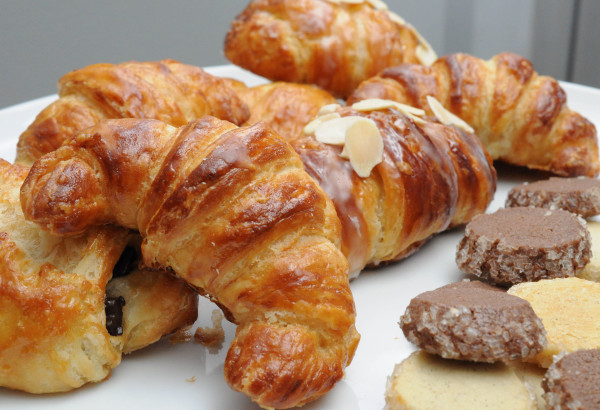
Croissant Bounty
Pastry chefs in training at L’Academie de Cuisine use a book called “Advanced Bread and Pastry: A Professional Approach” as a reference guide. It’s an enormous 1,000-page book, with an overwhelming amount of detailed information for the average baker.
It does however, have lots of great step-by-step pictures on how to make complicated pastry like croissants. If you enjoy delving into how pastry works, you might find this book interesting.
In class this past week, we finished making croissants. I made the bounty of butter, almond, chocolate and savory croissants pictured above. They were flaky, buttery, tender, sweet and crunchy. All the things you’d want to experience when biting into a croissant. I totally want to make them at home and plan to do so when I have 3 days to do it.
Making croissants are so time consuming because there is lots of repeated rolling of dough and rising. Croissant dough “likes to be pampered” says our teacher, Theresa.
Croissants fall into the category of “Vionnoiserie” which means that it is a yeast-raised product that is sweetened with sugar. Pastry chefs create layers of dough and butter and fold them into each other to get the flaky layers that make a croissant amazing.
Michael Suas, the author of the “Advanced Pastry” textbook says the croissant was created in Vienna to celebrate the end of the second invasion of Vienna by the Ottomans in 1683. The Ottomans attacked Vienna in the middle of the night to catch the Viennese by surprise, but bakers working at that hour sounded the alarm, and the city was able to ward off its attackers. To celebrate, the bakers created little crescents that symbolized the Ottoman flag. Marie-Antoinette, later Queen of France, grew up in Vienna and allegedly brought the croissant to France, where it became famous worldwide.
To give you an idea of how much work is involved, here’s a good video I found by a Seattle blogger named Sav, who has video tutorials on her site.
and her recipe here
Her recipe is in grams, so you’ll need to use a scale that has grams.
I’ll post on the recipe I learned at L’Academie when I replicate it at home.
I did watch the youtube description by Sav, and I have far more respect for those baked goods that I have been eating for so long without realizing the complicated process. Congratulations on duplicating this process, and for the excellent results you have achieved.
Now, will you please send me some of your good eats?!
By the way, does altitude affect the process of “relaxing gluten” and incorporating butter?
Clueless in Denver.
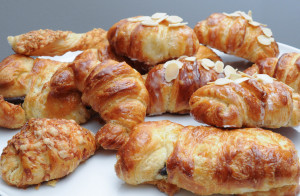
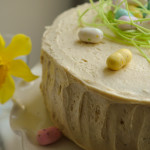
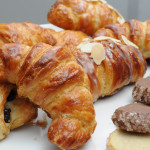
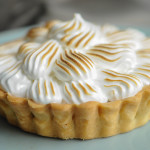
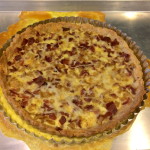
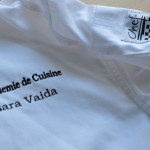
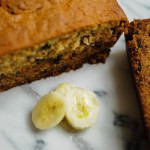
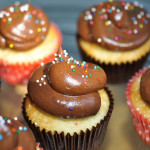
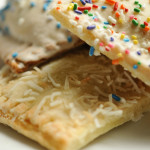
Comments